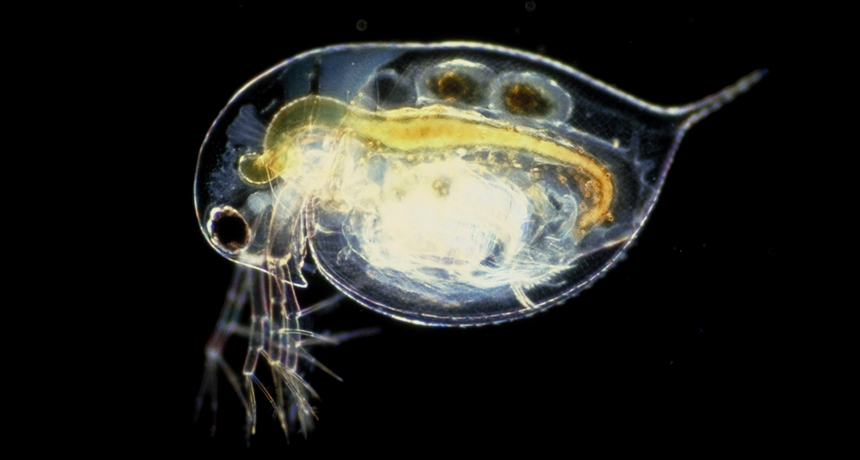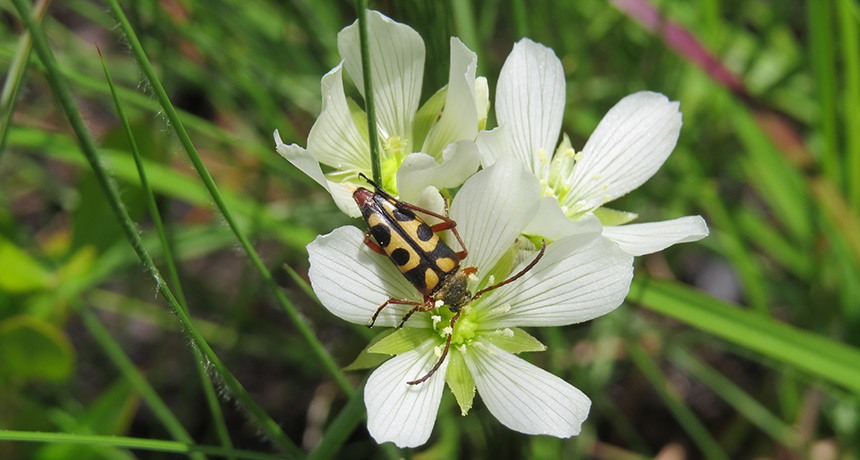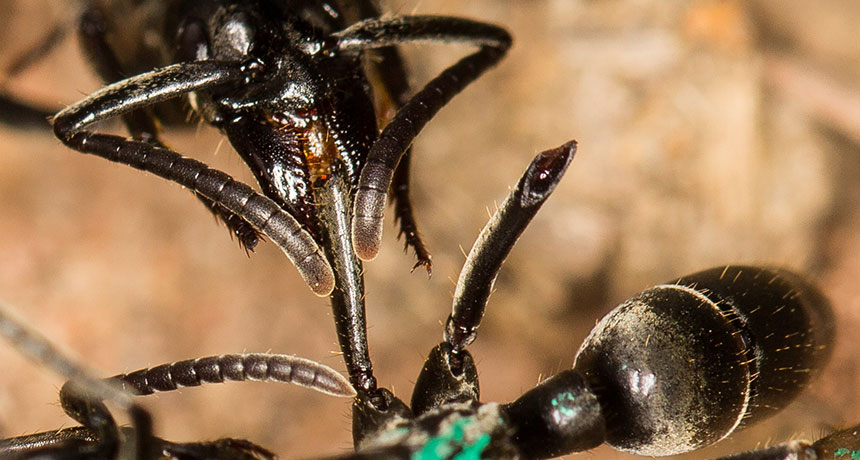The man flu struggle might be real, says one researcher

Cold weather often brings with it hot takes on so-called man flu. That’s the phenomenon in which the flu hits men harder than women — or, depending on who you ask, when men exaggerate regular cold symptoms into flu symptoms. In time for the 2017–2018 flu season, one researcher has examined the scientific evidence for and against man flu.
“The concept of man flu, as commonly defined, is potentially unjust,” Kyle Sue, a clinician at Memorial University of Newfoundland in St. John’s, Canada, writes December 11 in BMJ. Motivated by his own memorable bout of flu, he says, Sue began looking into man flu research and summarizes the work in a review article that’s part of BMJ’s Christmas issue, which traditionally features humorous takes on legitimate research.
There might be a reason men come across as wimps. In the United States, more men than women died from flu-related causes from 2007 to 2010 across several age groups, researchers reported in the American Journal of Epidemiology in 2013. An analysis of data on the 2004 to 2010 flu seasons in Hong Kong found that in children and adults, males were more likely to be hospitalized for the flu than females.
Sue isn’t the first to make a case for man flu. A prevailing explanation for men’s susceptibility says that women have higher levels of the hormone estradiol, which can boost the immune system, while men have higher levels of testosterone, which can sometimes suppress the immune system. However, these hormones interact with the immune system in other ways as well.
“There is some evidence that men make weaker immune responses to some viruses than women, but how this happens and whether it is seen across all viruses is still unclear to me,” notes John Upham, professor of respiratory medicine at Queensland University in Australia.
Sue’s review also cites evidence that women respond better to some flu shots than men do. Sex differences in immune response could have real consequences when it comes to vaccine choice, Upham says.
It’s also unclear what the evolutionary drivers for immune differences between the sexes might be. And studies of how the male and female immune systems respond differently all come with caveats, Sue notes: Such studies are often in mice rather than humans, have limited data or don’t account for health differences such as smoking habits and tendency to go to the doctor. Upham adds that studying differences in flu cases among men in Western versus non-Western societies could reveal the degree to which learned behavior plays a role in “man flu.”
As much as he’d like to help out his half of the species, Sue says, “we cannot yet conclude that this phenomenon is real, but the current evidence is suggestive that it may be.” Not surprising, his review has met just as much skepticism as previous man flu treatises.
Regardless of the possibility that men may be immunologically weaker than women, Sue says, both flu-stricken men and women alike “could benefit from resting in a safe, comfortable place with a recliner and TV.”



